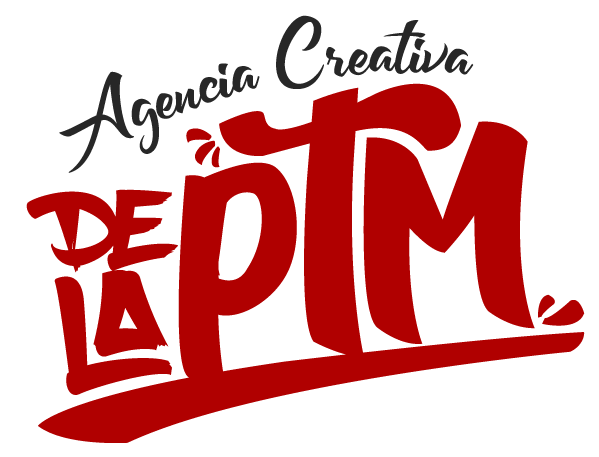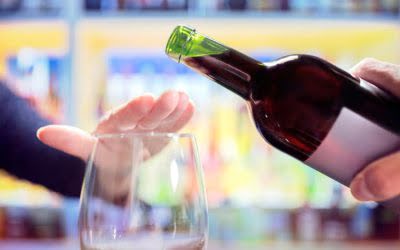The alcohol content of one packet is equivalent to the alcohol in one shot. Palcohol, or powdered alcohol, was approved this week by the Alcohol and Tobacco Tax and Trade Bureau, part of the U.S. But the powder packets that can turn water into a mixed drink have already been banned by several states amid fears that Palcohol can be easily abused. At the same time, a bill to ban Palcohol for one year was under consideration in the Maryland House of Delegates. Powdered alcohol has several flavorings, including rum, vodka, and margaritas. They can be mixed with water to make an alcoholic beverage with high alcohol content.
Ark Behavioral Health offers 100% confidential substance abuse assessment and treatment placement tailored to your individual needs. All you need is water to mix with the powder and you have a normal alcohol drink. Beer, Wine & Spirits Stack Exchange is a question and answer site for alcoholic beverage aficionados and those how long does alcohol stay in your system interested in beer, wine, or spirits. “If used as intended, it’s as safe as alcohol,” Frank Lovecchio, the co-medical director of the Banner Good Samaritan Poison and Drug Information Center, told KPNX-TV. To make sure I could speak at least somewhat authoritatively, I did a little bump of the stuff, and it was awful.
Schumer also noted a concern with people adding alcohol content to someone’s food or additional alcohol content to someone’s drink without his or her knowledge or consent. California has a ban on consumable powdered alcohol products as of 2017. Breaking this ban is considered an infraction in California. The FDA approved the non-alcoholic additives in Palcohol for public use, but not powdered alcohol itself. Shortly after, state governments and lawmakers had discussions about banning or limiting its sale.
The technology dates as far back as the 1970s, when Japan’s Sato Foods Industries began selling encapsulated alcohol as an additive in food processing. Palcohol—a new form of powderized alcohol—has gotten plenty of buzz (albeit perhaps not the kind it intended) from both fans and a number of alarmed scientists, politicians and parents after its label was temporarily approved by the U.S. It comes in vodka, rum, cosmopolitan, “Powderita” (a margarita flavor) and lemon drop. — — A product is expected to hit shelves this summer to turn water into wine — well, into vodka, rum and a few cocktails — but not everyone is happy about it. Scientific American is part of Springer Nature, which owns or has commercial relations with thousands of scientific publications (many of them can be found at /us).
- It does not put one process on hold while dealing with another,.
- From Washington to the states, the ramifications of this product have come to the forefront and made news headlines regarding public health and safety concerns.
- Opponents continue to assert that the health and safety issues related to powdered alcohol have not been addressed in a satisfactory manner and it is far more dangerous than liquid spirits.
- “We’ve had medical personnel contact us about using Palcohol as an antiseptic, especially in remote locations where weight and bulk make it difficult to transport supplies,” the company wrote.
- It calls for 100 grams of a maltodextrin made from tapioca flour and 30 grams of the strongest booze you can get your hands on.
- As with other alcohol products, people must be 21 years old to drink Palcohol, Besser said.
The Massachusetts Restaurant Association supported a ban on Palcohol for this very reason. “But, there’s not enough sugar in a slice of rum cake to do that!” Of course there isn’t. Plus, Every dang thing anybody eats turns to sugar in the system; that’s what the body runs on. It thus most likely wasn’t the alcohol, but the massive degree of blood sugar that had piled up while his body processed the alcohol that caused the problem. Contrary to what suspicious lawmakers may think, powdered alcohol is not the herald to the apocalypse.
In a statement, Lipsmark also highlighted the other possible uses of a powdered alcohol substance in the meidcal, manufacturing and energy fields. Two years later, in 2007, five Dutch students from Helicon Vocational Institute invented Booz2Go as part of a school project and began to look for manufacturers, according to a report by Reuters. General Foods’ patented powder never materialized as sellable product. But in recent years, startups in Germany, the Netherlands and the U.S. have reportedly perfected their own consumer-ready formulations. It’s popularly used in high-tech cooking to soak up fats, for instance in the “olive oil powder” recipe that appears in Modernist Cuisine.
The Debate About Palcohol: Is Powdered Alcohol Safe?
But “I don’t see this yet as any more or less dangerous” than liquid alcohol, Korman said. The powder would create a burning sensation, and would form a gel-like substance when it came in contact with the moisture of the mouth. “It gets gummy and nasty pretty quickly, and the child will be very unhappy, but they would have already ingested the alcohol while all this is happening,” Spiller said. However, experts remain concerned about the potential for teens to misuse the product.
But a new product, called Palcohol, aims to crumble our everyday expectations. Carry a convenient lightweight packet of powder with you anywhere, and reconstitute it with water whenever you want a drink. It is already banned in South Carolina, Louisiana and Vermont, according to the Wall Street Journal. And powered alcohol cannot be sold in Massachusetts, because the state defines an alcoholic beverage as a liquid, according to the Commonwealth of Massachusetts Alcohol Beverages Control Commission. There are legitimate health concerns about improper use of Palcohol. Still, Palcohol’s maker doesn’t recommend this method of consumption.
What is Palcohol?
Wild animals do not seek it, they seek fallen fruit for simple subsistence reasons and get drunk from spoiled and fermented fruit found on the ground. Humans seemingly have always loved to get drunk, so they did and do seek it. That doesn’t mean it isn’t a poison or that the body doesn’t consider it to be thus. In the case of this rum, then it is a solution of ethanol (and other stuff) in water, yes. After chewing – yes, chewing, as it didn’t quite dissolve in my mouth – it for a bit, it felt like caramel… It was brown, sticky, and relative to taking an actual shot of 151, much less pleasant (so that’s saying something).
His company, Lipsmark LLC, got approval to sell Palcohol in the U.S. in 2015. ”Bruce Anderson, Director of the Maryland Poison Center, encouraged the state to ban the product following the 2015 approval. He emphasized that it may pose a “major public health problem” and shared the concern that if legal for use in Maryland, the Poison Center hotline would receive a growing amount of calls. Public health and safety experts and government officials have expressed concern over what they see as the potential risks of using powdered alcohol.
Legal Status Of Powdered Alcohol Products By State
One packet of Palcohol equals one shot, according to the company’s website. Each packet weighs 1 ounce and turns into liquid when mixed with 6 ounces of water. The reality, though, is that this powdered alcohol how does social drinking become problematic as we age stuff really isn’t scary at all. The politicians, news organizations, and parent groups who are whipping up a frenzy over it are only flaunting an embarrassing lack of understanding of basic science.
Break Free From Your Addiction Today
On April 8, 2014 the United States Alcohol and Tobacco Tax and Trade Bureau (TTB) approved seven labels for a product called Palcohol, a combination of the words powdered and alcohol. Less than two weeks later, TTB stated that the label approvals were issued in error. The Palcohol manufacturer surrendered the labels in response.
The product’s creators and marketers – Harm van Elderen, Martyn van Nierop, and others at Helicon Vocational Institute in Boxtel – claimed to be aiming at the youth market. They compared the drink to alcopops like Bacardi Breezer and said they expected the relatively low alcohol new cafe opens in germantown to support those who are recovering content would be popular with the young segment. An auxiliary material for a capsule may be any readily water-soluble substance (e.g. carbohydrate such as dextrins (starch hydrolyzate), protein such as gelatin). For powdered alcohol, maltodextrin (a type of dextrin) was chosen.
Alcohol Abuse: Dangerous in Any Form
Palcohol will be available in vodka and rum varieties, as well as mojito, margarita, and other premixed cocktail flavors. It was officially approved by the Alcohol and Tobacco Tax and Trade Bureau (TTB) earlier this month, and Mark Phillips, its creator, says we can expect to see it in stores this fall. “As a parent, it’s one thing to patrol for cases of beer or bottles of booze,” said ABC News chief health and medical editor Dr. Richard Besser, who is also a pediatrician. “But having to look for little packets, I worry that it could lead to more underage drinking, making it easier.” He added that it is the responsibility of parents to keep powered alcohol, “like any other dangerous substance, out of the reach and away and access of children.”
Terry Hurley is a retired educational professional and freelance writer with more than fifty years of experience. A former reading specialist and learning center director, Terry loved her years working with children in the educational field. She has written extensively for print and online publications specializing in education and health issues. For the last six years, her writing focus has been on addiction and mental health issues. Palcohol has a patent pending and the company will not share any information about the process, according to Phillips. “We anticipate that allowing powdered alcohol onto the market will have grave consequences for our nation’s young people,” David Jernigan from Johns Hopkins Bloomberg School of Public Health, told USA TODAY Network in a statement.



